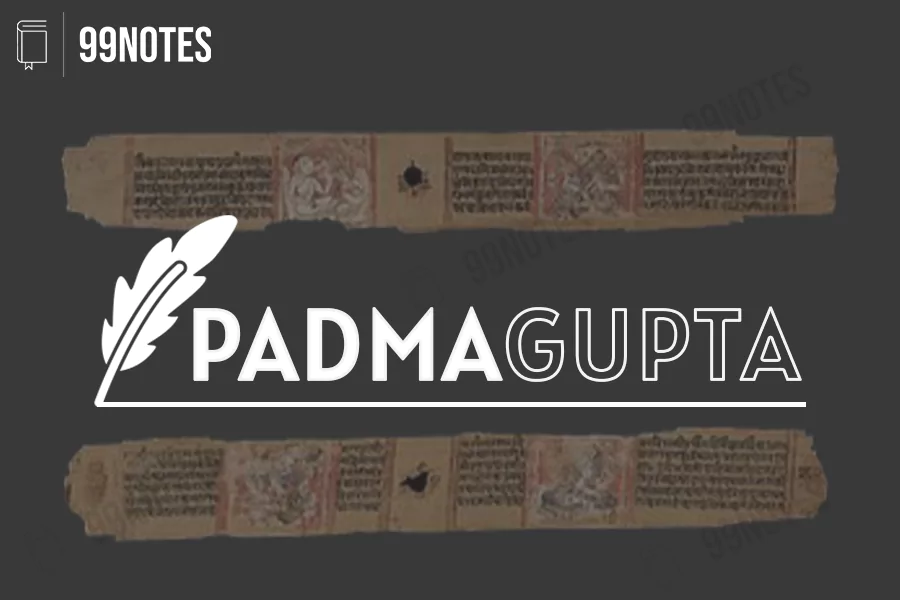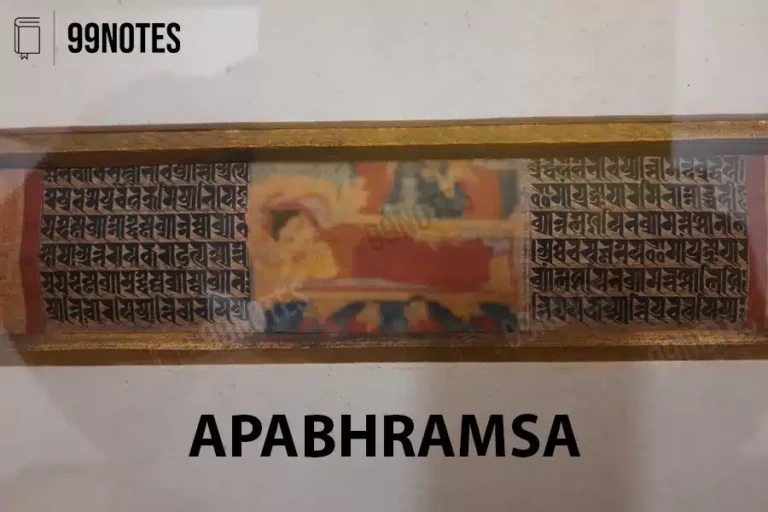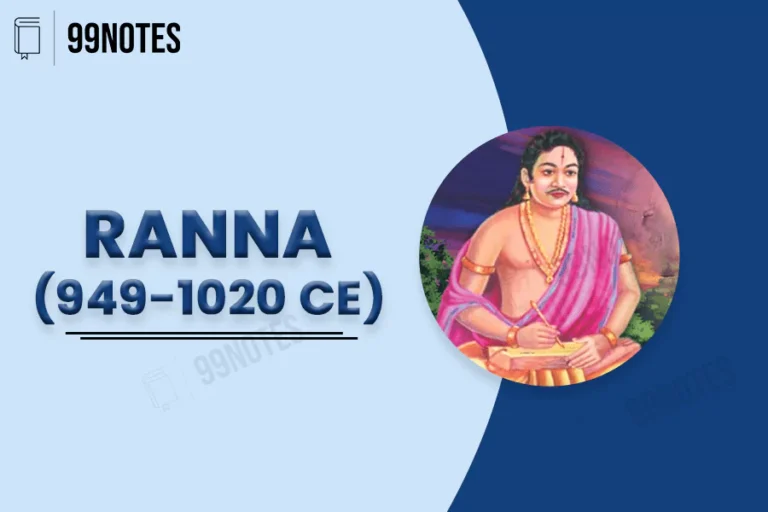Padmagupta and Navasahasanka Charita
Padma Gupta
Padmagupta, a renowned figure of the Indian literature and an illustrious contributor during its golden age for classical Sanskrit poetry. He lived around 10th century CE and is best known as the author of a Sanskrit epic, “Navasahasanka-charita” on the exploits of King Sindhuraja from Paramara dynasty.
Life and Background of Padmagupta
While the information about Padmagupta’s biography is rather scarce, it is generally assumed that he worked as a court poet of the Parmara king Sindhuraja and was the son of Mriganka-gupta. His works offer a peek into the socio-cultural atmosphere of his period saying much about Sanskrit literacy and courtly life. Padmagupta is known as a poet whose poetry depicts nature, courtly life and war in great detail.
Navasahasanka Charita – Padmagupta’s Literary Contributions
Navasahasanka charita (The Tale of Nine Thousand Acts) is written by Padmagupta, an evidence to his literary mastery. This epic poem is written in Sanskrit language which tells the story of King Sindhuraja’s life and conquests mixing history with fiction. Also the epic tells the romance story between Parmara King Sindhuraja and the Naga princess Shahshiprabha.
Key Highlights of Navasahasanka Charita
- Cultural Insights: Navasahasanka Charita provides useful information about the practices, rituals and norms of king Sindhuraja’s times (late 10th to 11th century).
- Navasahasanka charita is written in Vaidharbhi style, generally using short and light alliteration.
- Padmagupta wrote’s that all Suryavamsi Rajputs (Parmars, Solankis, Chahmanas and Pratiharas) emerged from an Agnikund.
- Due to this work, Padmagupta is known as ‘Parimala Kalidasa’.
Style and Influence
Padmagupta’s style is marked by its elegance, elaborate metaphors, and the use of Sanskrit to create an extremely varied mix. His impact goes beyond literature; through his contribution in supporting the preservation and development of Sanskrit as a literary language for Medieval India.
Legacy and Recognition
Although not as famous as some of his contemporaries such Kalidasa, Padmagupta’s writings occupy a prominent position in the history of Sanskrit literature. His depiction of the courtly culture and historical events gives historians as well as literature lovers, a peek into days gone by in India under tenth century.
Conclusion
The work of Padmagupta is extremely important for Indian literature. These poetic creations do not only reflect the historical and cultural setting of his times but also showcase how deep and multifaceted classical Sanskrit literature can be. As a poet and an annalist, his heritage lives on today for those scholars and readers interested in Indian literature.






![Panchayatana Style Of Temple Architecture [Complete Upsc Notes] | Updated July 27, 2024 Panchayatana Style Of Temple Architecture [Complete Upsc Notes]](https://99notes.in/wp-content/uploads/2023/03/panchayatan-style-99notes-upsc-768x512.webp)